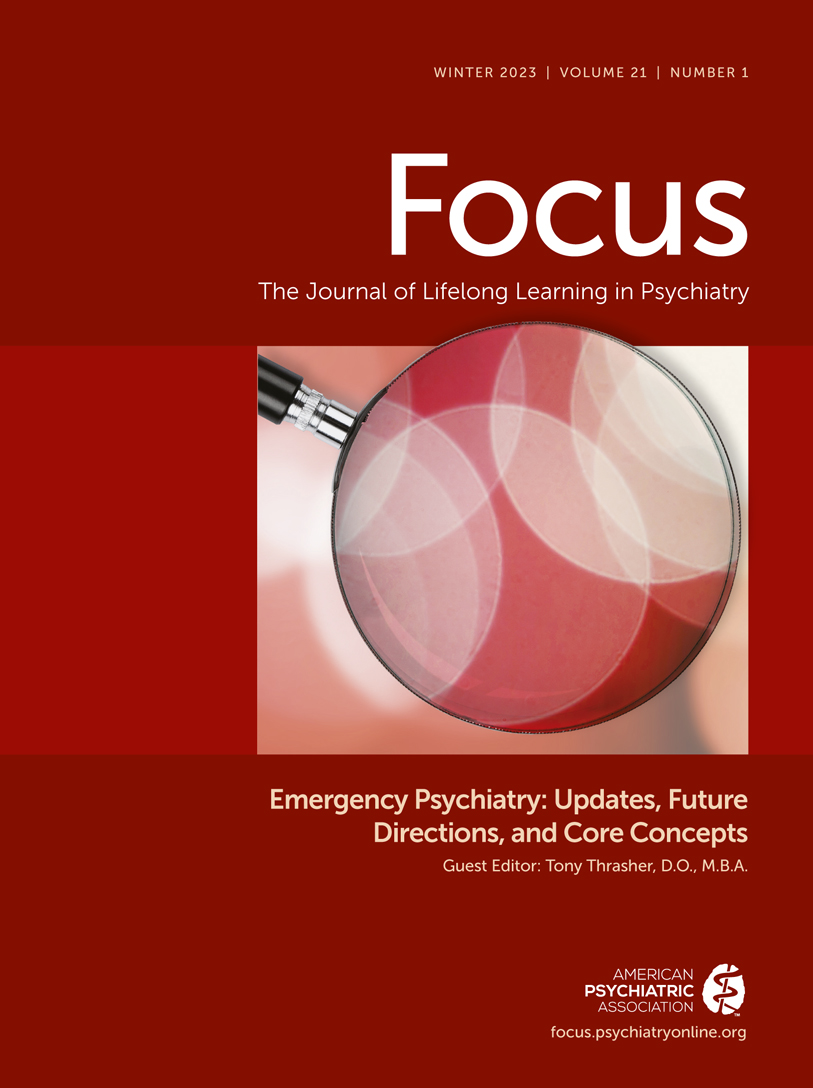Abstract
Suicide is a serious public health issue and is a leading cause of death worldwide. Suicidal ideation is a common presentation in emergency department (ED) settings, with many nuanced complications. Therefore, understanding screening, assessment, and mitigation is paramount to successful encounters with individuals presenting to emergency settings in psychiatric crises. Screening helps to identify the few people at risk within a large group. Assessment seeks to decide whether a specific individual is at significant risk. Mitigation aims to reduce the risk of suicide or of a serious attempt for a person at risk. These aims cannot be achieved with perfect reliability, but some approaches are more effective than others. Suicide screening specifics are important, even to individual practitioners, because a positive screen triggers assessment. Most practitioners understand assessment well: beginning with early psychiatric training, they are taught signs and symptoms suggesting that a patient might be at risk of suicide. Mitigating suicide risk is increasingly important to reduce the misery of ED boarding for patients awaiting psychiatric admission. For many patients, hospital admission is unnecessary if support, monitoring, and contingency plans are workable. For any individual patient, there may be a complicated mix of findings, risks, and interventions. Evidence-based screening and assessment tools are inadequate for the possible complexities, making care of individual patients dependent on good clinical assessment. The authors review the available evidence and offer experienced recommendations for challenges not yet thoroughly researched.



